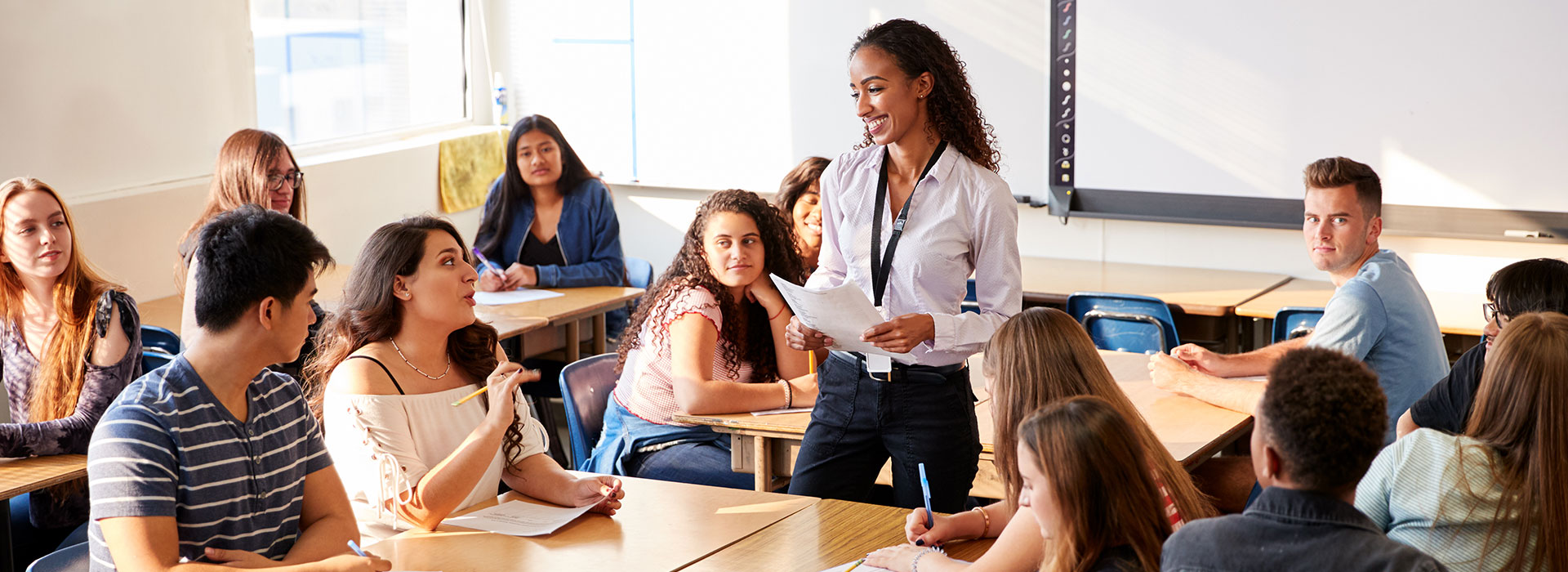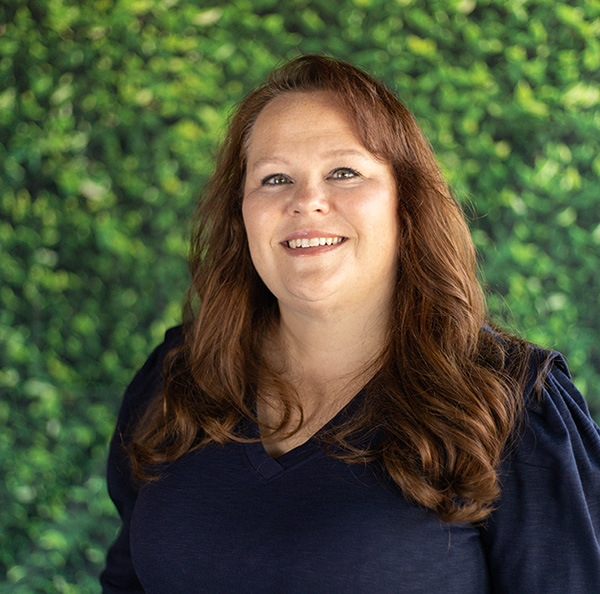“What are we doing?”
“Why do we have to do this?”
“Is this good enough?”
“Is this what you wanted?”
“I think I finished; can you check?”
“What grade would you give this?”
Have you ever been asked questions like this in the classroom? I certainly have.
As teachers our first inclination may be to assume kids just aren’t getting it or don’t have the skills to manage learning, but that is most often not the case. The issue is likely clarity.
Sometimes, like in my case, the clarity issue is with both teacher and students. That said, a great deal of teachers provide clarity of expectations for learning, using learning goals, outcomes, targets, and even success criteria, which does have an impact and is a thoughtful way to begin. But it’s not enough for students to fully understand where we are going in learning, what learning will involve, why it’s relevant, what it will require of them, and what quality work looks like.
Students, like teachers, need clarity of expectations to be successful, but more importantly, to take ownership and exhibit agency.
Can students in your school or classroom answer the following clarity questions?
- What are we learning?
- Why?
- Who am I as a learner?
- What do skillful learners do?
- What is the success criteria and how can I be successful?
- What are my strengths and areas for growth related to the success criteria?
- What tools support my learning?
- What progress have I made?
- What can I do to get stuck and unstuck when learning?
- What feedback do I need and who could I talk to about my learning?
- What is the next step or goal in learning?
- How can I contribute to the learning of others?
When I started the journey to clarity, my students couldn’t have answered the questions if I am being honest. All is not lost, however, it doesn’t take a lot to make enormous strides forward in informing students about expectations of learning.
Before we get to how, you may be asking why. It comes down to how fast or slow we wish our students to learn and how much we want them to take ownership of their own learning pathway.
First, it’s about accelerating learning. The Visible Learning Research shows that when students can articulate questions like those listed above, the result is that learning greatly accelerates, tripling in speed (Effect Size d = 1.33) on average. I don’t know about you, but any practice that can make learning go three times faster is one I want to use.
One of the reasons is that sharing clarity with students’ kicks off the Metacognition Cycle for them, allowing them to get a clear picture of the challenge before them, determine their own strengths and areas for growth, as well as making plans to move their learning forward, select strategies, and reflect on progress.
Second, what research tells us is that not knowing expectations causes anxiety. Not the good kind of anxiety that motivates us but the kind that causes students to spend their energy just trying to figure out what we want, rather than on learning. In fact, such a lack of clarity causes learning to go backwards. According to the Visible Learning research, the backward slide equates to students losing an entire year’s worth of learning in a year’s time, as the average Effect Size of Anxiety is d = -0.44.
Not understanding expectations isn’t the only cause of anxiety to be sure; however, we know that it is a major culprit in the classroom and a reason for misbehavior, lack of motivation, and lack of risk-taking (Hattie & Donoghue, 2016).
How do we change this?
We intentionally share clarity with students. This practice is often referred to as co-constructing success criteria, but it simply means that we work with students to develop a shared understanding of what success looks like (Almarode & Vandas, 2019).
How is co-construction of success criteria accomplished in the classroom? The following list provides 15 ways to engage students in the process and provide them with the knowledge, skills and dispositions to dive into learning.
15 Ways to Co-construct Success Criteria with Students
- Compare two pieces of student work, asking students what strengths and areas for improvement exist. Note their responses on a chart of all those things that should be included to produce high-quality work.
- Review a series of examples and put them in order from those that need the most improvement to those that are the strongest examples of mastery or proficient work.
- Use mentor texts or published works to ask students to identify excellent examples of work or components of a piece of writing, film, art, research, etc.
- Model or have students model the “how to” and allow other students to explain what they did to meet the goal and how it could be improved.
- Engage in inquiry about a topic to get students wondering, asking questions, and making connections to their prior knowledge. Then discuss what is needed to tackle learning more about the topic or idea.
- Provide a video or audio example and ask students to critique the example then evaluate their own work to determine how it could be improved.
- Ask students to develop a draft. Then evaluate several drafts in the class or a different class to discuss how the drafts accomplish the goal and how they can be improved. Then ask students to evaluate their own draft and make a plan to improve it in some way.
- Select one component (success criteria) of the learning goal, like using dialogue, explaining how a problem was solved, etc. Engage in a scavenger hunt with students to find high quality examples (from their own work, others, or published works) that show how that component could be improved. Together, develop an anchor chart that represents the examples the class found and discussed. Add to the anchor chart over time, encouraging students to identify other quality examples as learning continues.
- With creative tasks, show several versions of excellent work that are all different from one another but align to the success criteria and meet the learning goal. Ask students to determine what is the same about them all and what is different. Ensure the items that are the same are success criteria for all. Allow those that are different to spur on student creativity.
- Model by thinking aloud, using high quality student or published work to explain what success looks like and how each piece of work meets the criteria. Then, ask students to select the work that speaks to them personally and ask them to make a resource folder for themselves that helps them understand the success criteria (this can be virtual).
- Use a doc cam to project pieces of “old” work and ask students how they would coach the individual or student from another class to improve their work.
- Use a doc cam to project pieces of “old” work and ask students how they would coach the individual to improve their work. Collect their feedback and then ask them to review their own work, using the same feedback.
- Ask students to provide examples of their own work with a small group or the class. Then ask students to determine which success criteria (pick 1) the piece of work best aligns to and shows excellence in. For example, one piece of writing could be strong in voice while another is strong in organization. Share the examples among the class, noting or labeling how each is strong so students can return to examples that identify what they need or want to work on next in their learning.
- Ask a student who is ready for a next step to put their work on the doc cam. Ask others to first share things they like about the work that align to the success criteria. Then ask students to talk in small groups about one possible next step. Allow the student who is sharing work to select one of the next steps presented by the groups.
- Provide students with the success criteria and ask them to talk in small groups about what is clear and what isn’t clear to them. Then, offer examples, exemplars, and models to see if the criteria is clarified. Allow the students’ needs and desires to guide the discussion and revision of the success criteria so it is student-friendly or paired with examples to make it clear.
Honestly, the possibilities to share clarity with students are endless, and hopefully, this list provides some ideas for you to consider ‘giving it a go.’
One key to making the practice powerful is that the students are the ones doing the thinking and doing of developing clarity. As teachers, we set up the process, guide the experiences, ask questions, provide boundaries about how we talk about the work of others, model thinking as a learner, collect students’ thinking, and share the resources that students want and need so they are always accessible. In other words, we are the activators of the conversations about meeting and exceeding learning goals.
Another key to success you may have wondered about as you read through the list of ideas, relates to learner mindset and classroom culture. With any of the 15 Ways to Co-construct Success Criteria with students, take time to model how learners might think and feel. Discuss what it will take to improve learning, encourage students to get stuck and unstuck in the process, honor mistakes and questions, discuss attitudes and dispositions, and work to build a culture that is accepting of failure, growth, and hard work.
You may be thinking, “Yeah, but how do I have time for this?” It’s a fair question, as teachers have so much on their plates. I’d like to pose two questions as a response:
- “How much time do we spend doing interventions and reviewing?
- “What if we used some of that time to share clarity with students and see what happens?”
It might be worth a try to see if the practice pays off with less time and effort spent elsewhere. A person could even try it with one group and compare it to the outcomes of a different group of students to see if there is a marked benefit. Then, the evidence could speak for itself.
One word of warning, once students have clarity, they will surprise you, inspire new ideas, deepen conversations, and take risks. Are you ready?


